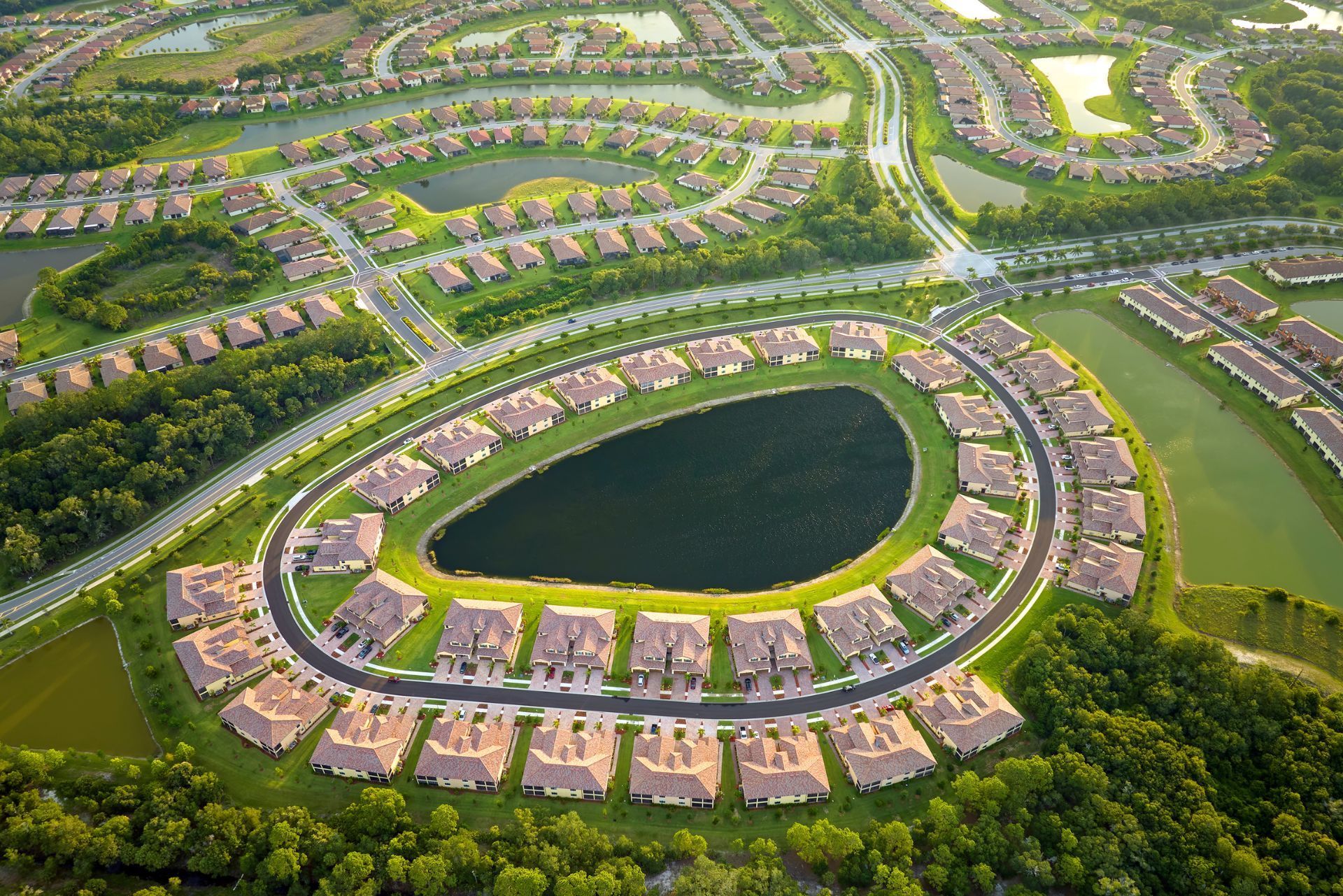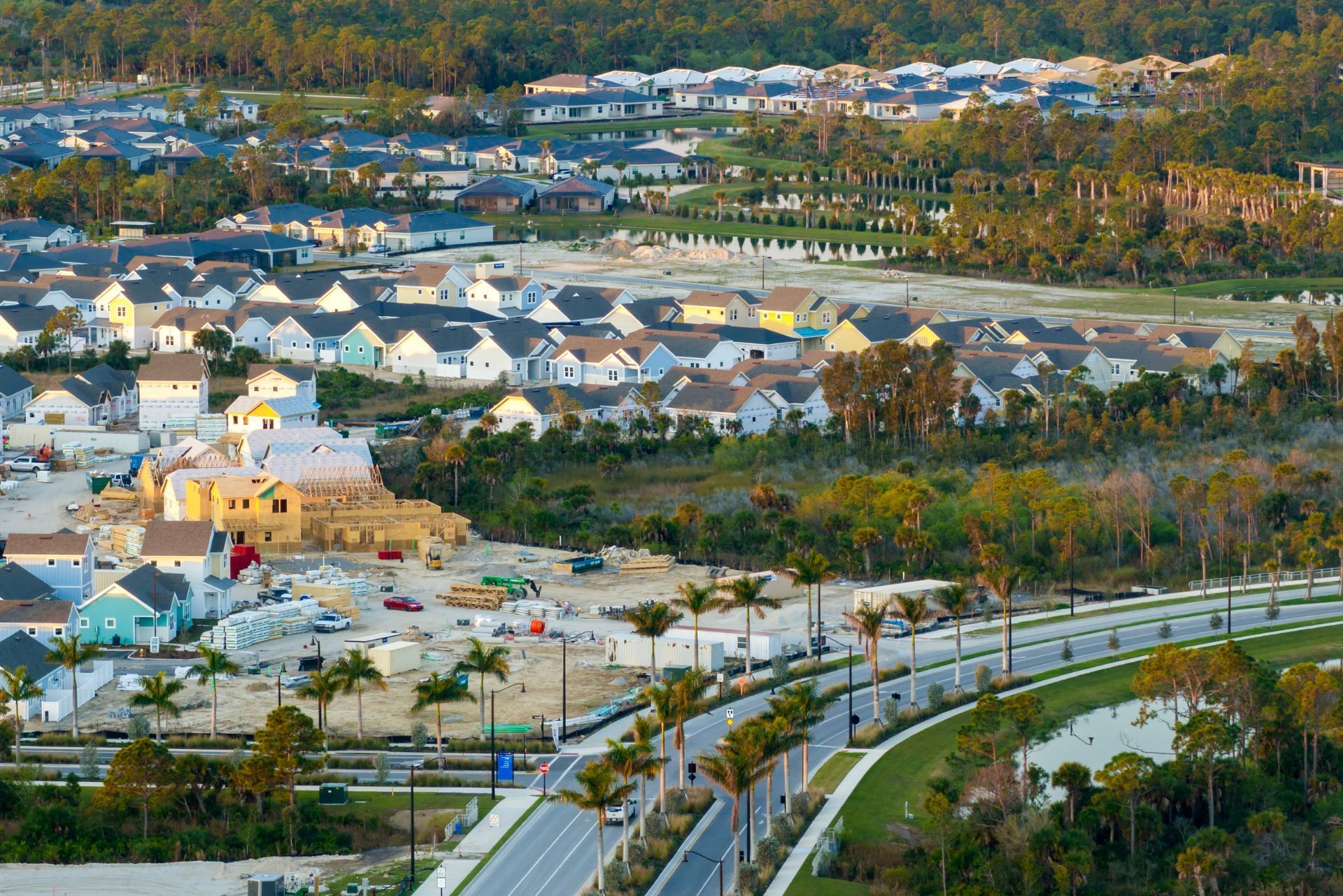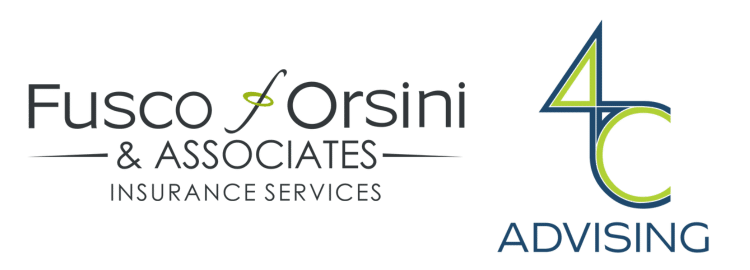Top 3 Recommended Policies

Homeowners Associations (HOAs) play a vital role in managing and maintaining residential communities across Nevada. With the state’s unique environmental challenges and evolving insurance market, understanding HOA insurance is more important than ever for board members, residents, and property managers alike. This comprehensive guide explores the current landscape of Nevada HOA insurance, including rising premiums, wildfire risks, regulatory changes, and strategic considerations for securing the right coverage.
Understanding the Nevada HOA Insurance Landscape
Nevada’s HOA industry is currently experiencing a contraction, with projections indicating a decline to $257.2 million in revenue by 2024, supported by approximately 130 establishments and 1,869 employees. This trend reflects broader challenges within the sector, including insurance market volatility and increasing operational costs. IBISWorld’s industry analysis highlights these shifts, emphasizing the need for HOAs to adapt their insurance strategies in response.
Insurance is a critical component of HOA management, protecting the association’s assets, common areas, and liability exposure. However, Nevada homeowners insurance rates have surged significantly in recent years. From 2019 to 2024, rates increased by 23.7%, with an average annual premium of $1,626—still 42% below the national average but rising rapidly nonetheless. This dynamic is largely driven by heightened wildfire risks and escalating replacement costs, factors that directly impact HOA insurance premiums and availability.
Moreover, the unique geographical and climatic conditions of Nevada exacerbate these challenges. The state is prone to natural disasters such as wildfires and floods, which can lead to substantial property damage and increased claims. As a result, insurance providers are becoming more selective in underwriting policies for HOAs, often requiring stricter risk management practices and higher deductibles. This shift necessitates that HOA boards not only stay informed about the evolving insurance landscape but also proactively engage in risk mitigation strategies, such as enhancing firebreaks and improving drainage systems in their communities.
Additionally, the financial strain on HOAs can lead to a ripple effect on community amenities and services. As insurance costs rise, many associations may find themselves forced to increase dues or cut back on essential services, such as landscaping and maintenance of common areas. This can create dissatisfaction among homeowners and potentially affect property values. Therefore, it is crucial for HOA boards to communicate transparently with residents about the reasons for any changes in fees or services, fostering a sense of community and shared responsibility in navigating these challenging times.
Rising Insurance Premiums and Wildfire Risks
One of the most pressing challenges facing Nevada HOAs today is the dramatic increase in insurance costs due to wildfire exposure. In 2023 alone, 481 homeowners insurance policies were canceled or non-renewed because of wildfire risk—an 82% increase from the previous year. This trend has made it harder for HOAs and individual homeowners to secure comprehensive coverage, especially in high-risk zones.
Scott Menath, president of the Nevada Independent Insurance Agents trade association, has noted that insurance rate hikes for average homes in the state have varied widely, ranging from 10% to as much as 50% in the past year. These fluctuations reflect insurers’ attempts to recalibrate risk exposure amid increasingly frequent and severe wildfire events. Menath’s insights underscore the volatility that HOAs must navigate when renewing or purchasing insurance policies.
To address these challenges, the Nevada Division of Insurance launched new tools in August 2024 that enable consumers and associations to search for home and commercial habitational insurance coverage options by zip code. This initiative aims to improve transparency and help HOAs identify insurers willing to cover properties in wildfire-prone areas. The availability of such resources is a welcome development for associations struggling to find adequate protection. More details can be found on the Nevada Division of Insurance website.
The rising insurance premiums are not just a financial burden; they also reflect a broader environmental crisis that is reshaping the landscape of homeownership in Nevada. As wildfires become more frequent and intense, many communities are forced to reconsider their building codes and landscaping practices to mitigate risks. For instance, some HOAs are implementing fire-resistant landscaping and creating defensible space around properties to reduce vulnerability to flames. These proactive measures not only help in securing insurance but also foster a sense of community resilience against natural disasters.
Moreover, the economic implications of these insurance changes extend beyond individual homeowners and HOAs. Local economies that rely heavily on real estate and tourism may face challenges as potential buyers become wary of properties in high-risk areas. This shift could lead to a decline in property values, further complicating the financial landscape for homeowners and associations alike. As the state grapples with these multifaceted issues, collaboration between government agencies, insurance providers, and community organizations will be crucial in developing sustainable solutions that protect both residents and the environment.

Key Coverage Types for Nevada HOAs
HOA insurance policies typically encompass several essential coverages designed to protect both the association and its members. These include:
- Property Insurance: Covers damage to common areas such as clubhouses, pools, landscaping, and shared infrastructure.
- General Liability Insurance: Protects the HOA against claims arising from bodily injury or property damage occurring on association property.
- Directors and Officers (D&O) Insurance: Shields board members from legal claims related to their governance decisions.
- Fidelity Bond: Covers losses due to fraudulent acts or theft by employees or board members.
Given Nevada’s wildfire exposure, many HOAs also seek specialized endorsements or policies that explicitly cover wildfire-related damages. This is crucial as standard policies may exclude or limit coverage for such events, leaving associations vulnerable to significant financial losses.
Additionally, it's important for HOAs to consider the implications of natural disasters beyond wildfires. Nevada is also prone to flooding, particularly in areas near lakes and rivers. As such, flood insurance can be a vital component of an HOA's risk management strategy. This coverage can help mitigate the financial burden of repairs and restoration in the aftermath of a flood, which can be particularly devastating to common areas and community amenities.
Furthermore, as communities evolve, so do their insurance needs. HOAs should regularly review their coverage to ensure it aligns with any new developments or changes within the community, such as the addition of new amenities or changes in membership demographics. Engaging with insurance professionals who understand the unique challenges faced by Nevada HOAs can provide valuable insights into the most appropriate coverage options, ensuring that both the association and its members are adequately protected against unforeseen events.

Financial Implications and Industry Trends
The financial strain on insurers has been considerable, with personal lines of insurance—including homeowners and HOA policies—suffering $21.6 billion in underwriting losses in 2023 alone. Karen Collins from the American Property Casualty Insurance Association attributes these losses to rising exposure values and replacement costs, which have surged alongside inflation and increased building expenses. This challenging environment has contributed to insurers tightening underwriting standards and raising premiums across Nevada.
HOAs must therefore prepare for higher insurance costs and potential coverage limitations. Strategic risk management, including proactive wildfire mitigation and thorough property maintenance, can help reduce premiums and improve insurability. Additionally, leveraging the new search tools provided by the Nevada Division of Insurance can assist in identifying insurers with more competitive offerings tailored to the state’s unique risks.
Moreover, the increasing frequency and severity of natural disasters, particularly wildfires and floods, have prompted insurers to reassess their risk models. Insurers are now incorporating advanced data analytics and predictive modeling to better understand and price the risks associated with these events. This shift not only reflects the growing need for more accurate risk assessment but also highlights the importance of community-level preparedness and resilience strategies. By investing in infrastructure improvements and community education programs, HOAs can play a pivotal role in mitigating risks, which may ultimately lead to more favorable insurance terms.
In light of these developments, it is crucial for HOAs to engage in regular communication with their insurance providers. Understanding the nuances of policy coverage and the factors that influence premium rates can empower community leaders to make informed decisions. Additionally, exploring alternative insurance models, such as group purchasing or risk-sharing pools, may present viable options for managing costs while ensuring adequate coverage. As the insurance landscape continues to evolve, proactive engagement and strategic planning will be essential for HOAs navigating these financial challenges.
Practical Tips for Nevada HOAs Navigating Insurance Challenges
Given the complexities of the current insurance market, Nevada HOAs should consider several best practices to optimize their insurance coverage and manage costs effectively:
- Engage Experienced Insurance Professionals: Work with agents or brokers who specialize in HOA insurance and understand local risk factors, including wildfire exposure.
- Conduct Regular Risk Assessments: Evaluate common areas and infrastructure for vulnerabilities, especially those related to fire hazards, and implement mitigation measures.
- Review and Update Policies Annually: Ensure coverage limits and endorsements reflect current replacement costs and emerging risks.
- Educate Residents and Board Members: Promote awareness of insurance requirements, wildfire preparedness, and community safety initiatives.
- Utilize State Resources: Take advantage of tools like those offered by the Nevada Division of Insurance to explore coverage options by zip code and stay informed about regulatory updates.
In addition to these strategies, it is crucial for HOAs to foster a culture of proactive communication within the community. Regular newsletters, community meetings, and informational sessions can serve as platforms for discussing insurance-related topics and updates. By keeping residents informed about the importance of insurance and the specific challenges facing their community, boards can encourage collective responsibility and engagement in risk management practices. This approach not only enhances understanding but also promotes a sense of community solidarity, which can be invaluable in times of crisis.
Furthermore, Nevada HOAs should consider forming partnerships with local fire departments and emergency services. These collaborations can lead to tailored training sessions on fire safety and prevention, ensuring that residents are well-prepared for potential disasters. Engaging with local authorities can also provide HOAs with insights into community-wide initiatives and resources available for disaster preparedness, which can ultimately influence insurance premiums and coverage options. By taking a comprehensive approach to risk management that includes community involvement and local partnerships, HOAs can better navigate the complexities of insurance in an ever-evolving landscape.
The Future Outlook for Nevada HOA Insurance
While the Nevada HOA insurance market faces significant headwinds, including rising premiums and wildfire-related coverage challenges, ongoing regulatory efforts and industry adaptations offer hope for greater stability. The introduction of consumer-focused tools by the state insurance division represents a positive step toward improving market transparency and access.
HOAs that prioritize risk management, maintain open communication with insurers, and stay abreast of market developments will be better positioned to navigate this evolving landscape. Despite the contraction in the HOA industry’s economic footprint, the need for robust insurance coverage remains critical to protecting community assets and ensuring long-term resilience.
For more insight into the broader trends affecting Nevada homeowners insurance, including the 7.5% rate increase in 2023 and a 21% rise since 2018, the Insurance.com report provides valuable context on the state’s insurance market dynamics.
As the climate continues to change, the implications for Nevada's HOA insurance landscape could become even more pronounced. With increasing instances of extreme weather events, such as droughts and flash floods, HOAs may need to adapt their policies and risk management strategies accordingly. This could involve investing in community resilience projects, such as improved drainage systems or firebreaks, which not only mitigate risks but may also lead to more favorable insurance premiums in the long run.
Moreover, the role of technology in the insurance sector cannot be overstated. Innovations such as predictive analytics and machine learning are increasingly being utilized by insurers to assess risk more accurately and tailor policies to the specific needs of HOAs. By leveraging these advancements, associations can not only enhance their coverage but also foster a proactive approach to risk management that could ultimately lead to lower costs and better protection for their communities.
Contact Us
Phone
Location




